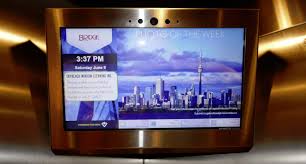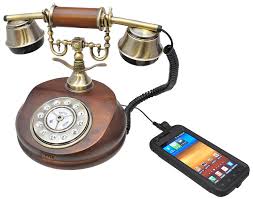 September 2020
September 2020
What People Don’t Read
Condo directors and management work hard communicating with building residents. They ensure information is available and are satisfied with their efforts. Yet messages posted in elevators, on cork boards and electronic notices seem not to have been noticed. How else to explain that Christmas tree pushed down the garbage chute – $500 to clear and closing down the chute for three days.
It can be hard to understand. Yet “poor communication” is the main complaint at condo community Annual General Meetings (AGMs).
Condo residents, like most everyone, are usually only interested in what directly affects them. A notice about turning power or water off for their unit on a specific day is likely to be noticed. It affects personal comfort or convenience.
The vast majority of communications is information residents should know. Recycling rules, building maintenance schedules and meetings are things most residents don’t want to know. Failure to adhere to recycling rules can cost the corporation $35,000 a year. Not moving a car when the garage is being cleaned can mean greater inconvenience and cost for everyone. Attending meetings can be a chore. Much of this information is in the condo declaration, bylaws and rules which most have never read. This is the information that needs to be properly communicated on a regular basis.
Digital communication systems, including monitors in common areas and elevators, simplify the communication challenge. Monitors can run messages on a regular cycle. Graphics, colour and larger text make notices stand out and more likely to be read. Electronic messages can be resent direct to residents, or reposted on monitors, as reminders for more important and time sensitive matters. Newsletters, electronic or paper, are one way to consolidate much of the information residents should be aware of so that it is more easily digestible. Placement of notices where they are relevant, such as trash disposal rules alongside the garbage chute and next to the dumpster, ensures information is available when most useful. All of this allows residents to see information they should know as they go about their daily activities.
 Communications is and will remain an ongoing challenge. Doing it well makes life easier for everyone.
Communications is and will remain an ongoing challenge. Doing it well makes life easier for everyone.







